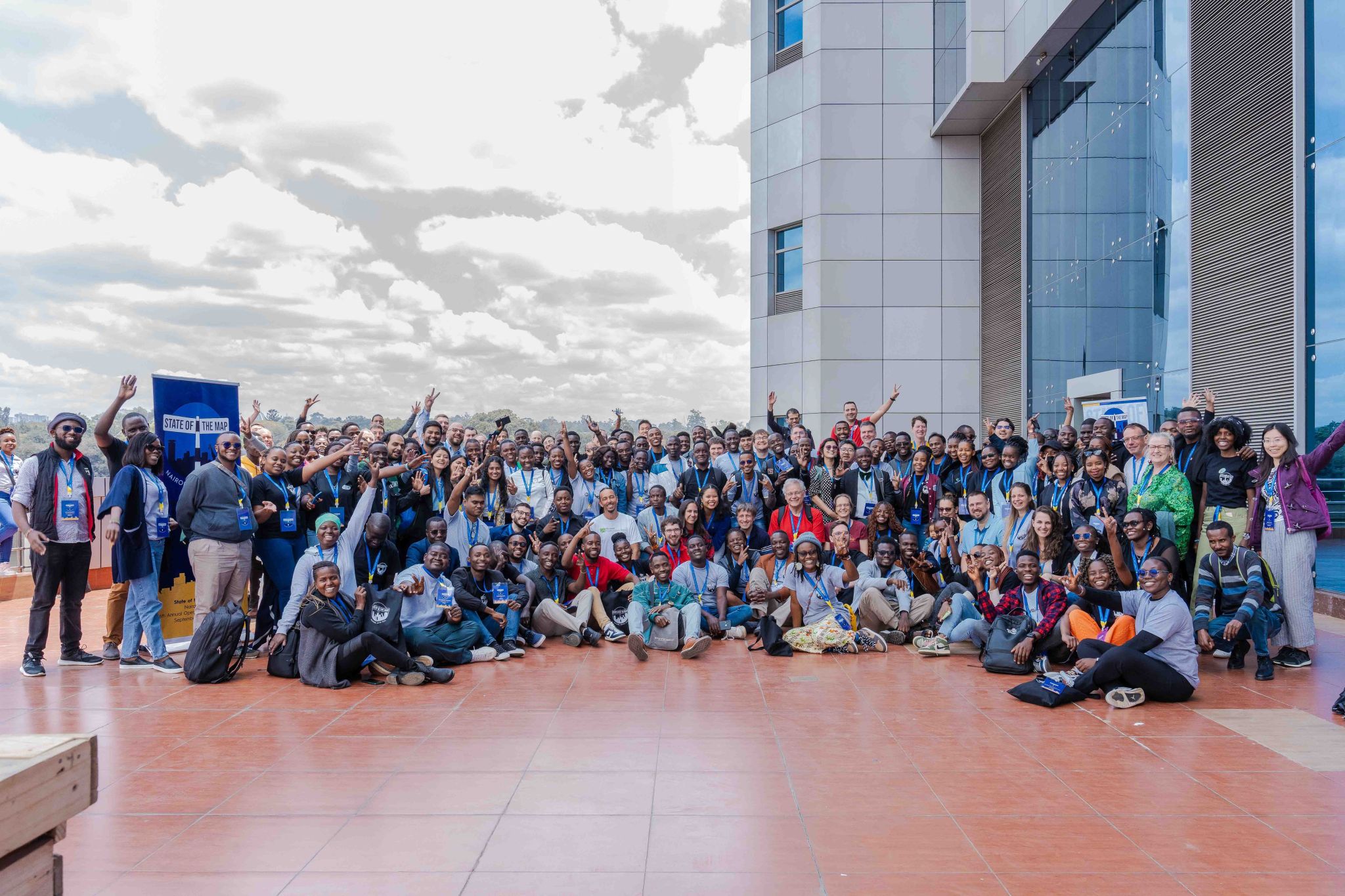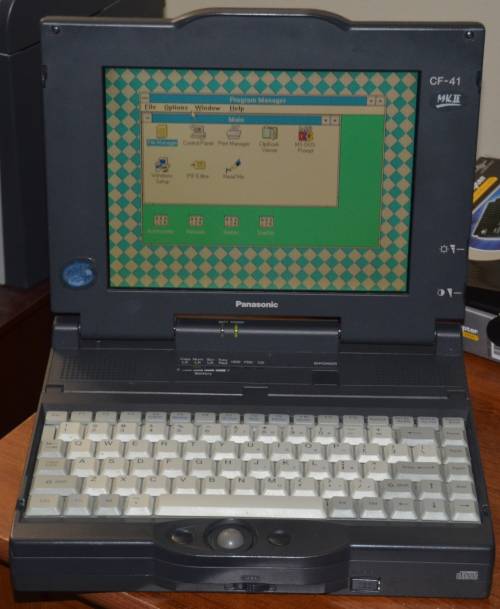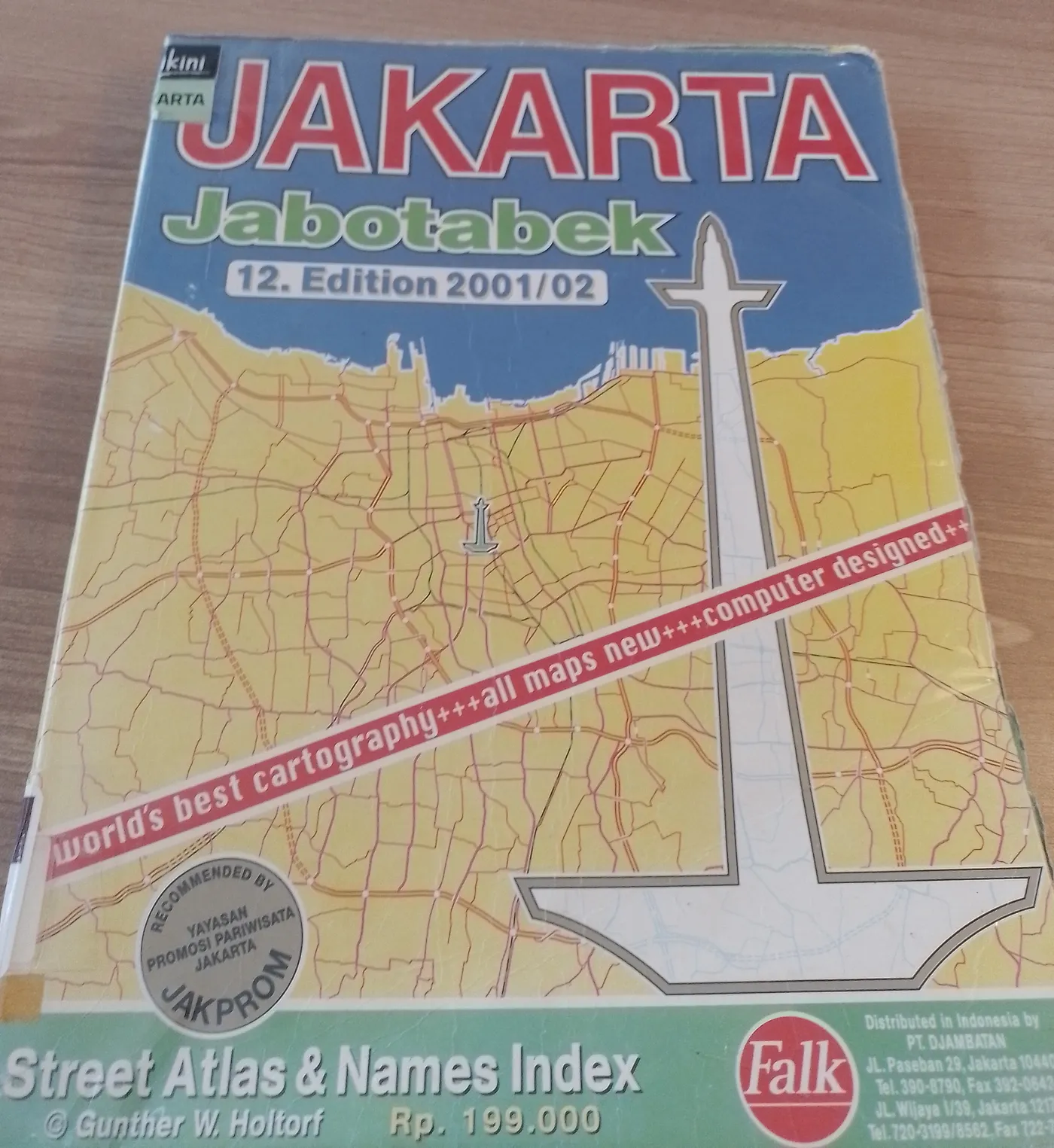“Before 2011, if you asked most cartography professionals, they’d say OpenStreetMap was a toy. The turning point for me was a photo of a firefighter from a search and rescue team using a handheld GPS device—they used OSM maps to coordinate efforts after the Haiti earthquake.”
“During natural disasters like Haiti in 2011, nearby countries send search and rescue teams, and organizations like Doctors Without Borders and the Red Cross deploy. They requested a map to set up a field hospital. The Haitian government was basically like, “What? How?” So you go to Google Maps, right? Like anyone would. But there was nothing—Haiti had no commercial map coverage at the time. Even if there had been, it was likely destroyed. Then we showed up—just four OSM geeks—because nobody else cared about geographic data. With the help of 500 volunteers with iPhones, we mapped the entire street network of Port-au-Prince in a week. That map allowed NGOs to move through the city and save lives. It was a turning point—after that, the World Health Organization started listening to us.”
Flyers (April 3, 2025) “Expertos en cartografía: OpenStreetMap es la Wikipedia de los mapas” Medio Multimedia

 Huge thanks to our amazing team of mappers whose hard work and passion made this possible. 💪🌍 Let’s keep mapping for impact and making a difference together!
#YouthMappers #MappingForImpact #MappingMetricsAward #OpenStreetMap #OSM #GeoYouth #ProudMoment
Huge thanks to our amazing team of mappers whose hard work and passion made this possible. 💪🌍 Let’s keep mapping for impact and making a difference together!
#YouthMappers #MappingForImpact #MappingMetricsAward #OpenStreetMap #OSM #GeoYouth #ProudMoment










 Rapid Editor
Rapid Editor 